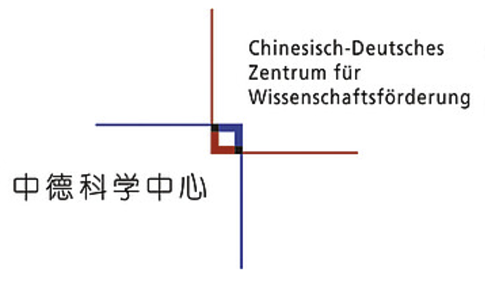Chunxia Chi1, Haixu Cui2,*, Hairui Ding1, Jun Kong1, Xiao Dong 1,*
1 Key Laboratory of Weak-Light Nonlinear Photonics and School of Physics, Nankai University, Tianjin 300071, China
2 College of Physics and Materials Science, Tianjin Normal University, Tianjin 300387, China
*Corresponding author. Email: hxcui@tjnu.edu.cn; xiao.dong@nankai.edu.cn
Isotropic materials are required to adhere to various mechanical principles due to their limited thermal stability. For instance, it is essential for Poisson’s ratio to be within the range of −1 to 0.5, and the longitudinal wave velocity must exceed the transverse wave velocity. Nevertheless, perfect crystals, as anisotropic materials, have the ability to defy conventional rules. Through the integration of high-throughput processes and first-principles calculations, a comprehensive exploration of known materials was conducted, resulting in the establishment of a database featuring an extreme anisotropic mechanism. This included the identification of abnormal Poisson’s ratios (with the directional Poisson’s ratio ranging from −3.00 to 3.67), the discovery of extreme negative linear compressibility, the determination of the upper and lower limits of the sound velocity, and other associated properties. Several materials with abnormal Poisson’s ratios (< −1 or > 0.5) were listed, and their peculiar mechanical behavior, wherein the volume decreased counterintuitively with uniaxial tension, was discussed. Finally, the study focused on the velocities of longitudinal and transverse waves, with specific emphasis on materials exhibiting transverse wave velocities that exceeded the longitudinal wave velocities.
KEYWORDS: Mechanical and acoustic properties; Compressive strength; Stress
Dr. Runhai Ouyang (DCTMD2024@163.com)












